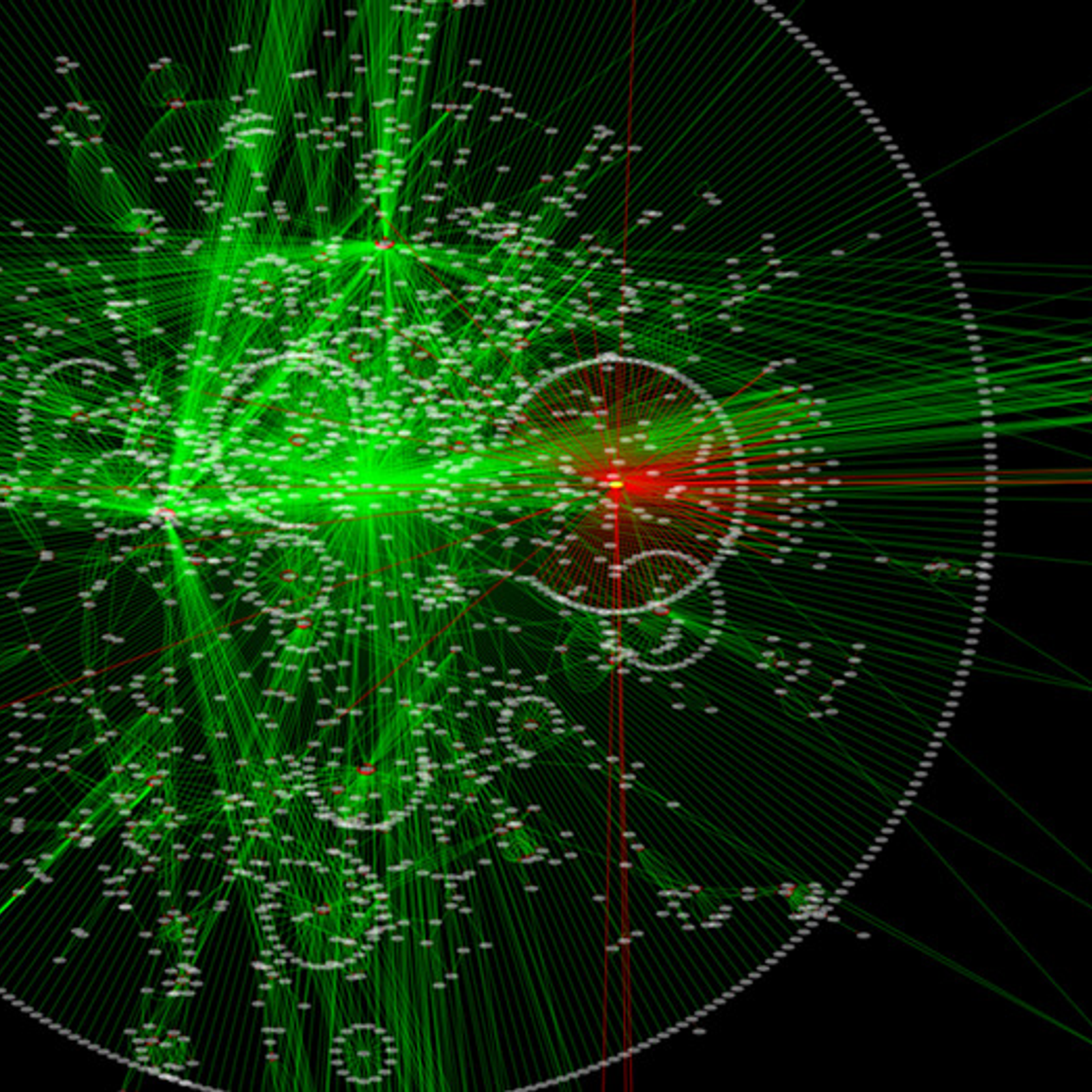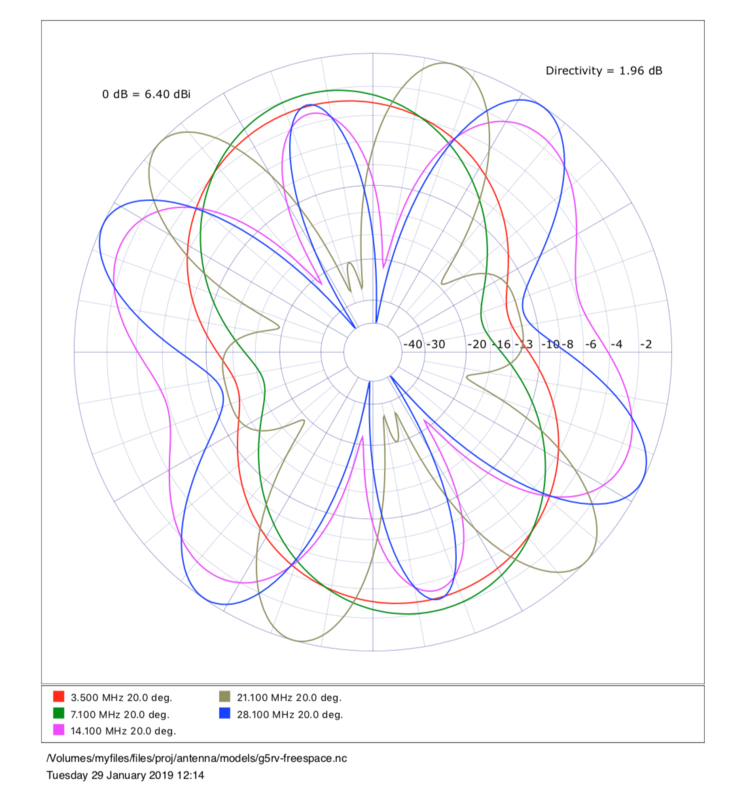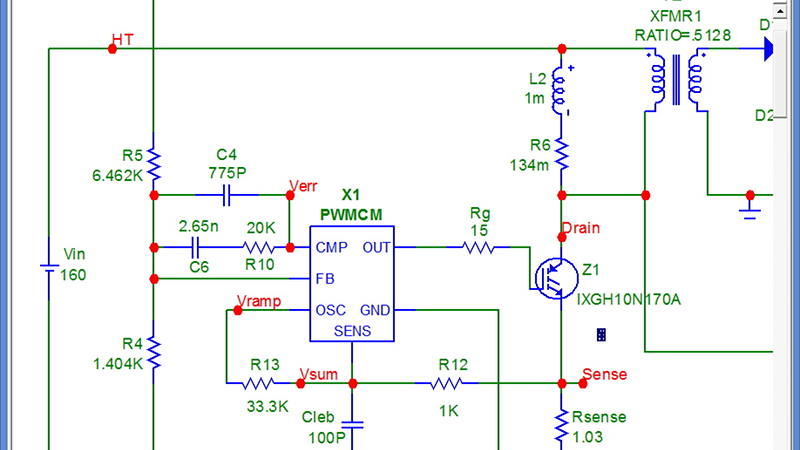In the world of Amateur Radio, about the only Windows software someone is likely to miss is Ham Radio Deluxe, Winlink Express or maybe antenna modeling programs. Everything else is there. Really.
- Antenna Modeling Software Free Mac Download
- Antenna Modeling Software Free Mac Os
- Antenna Modeling Software Free
The W8IOAntenna Site -YAGiosoftware. (23 March 2016) YAGio - Yagi Design by W8IO. YAGio 1.01is themost current released version. YAGio runs underWindows 2000, XP, Vista, Win 7 and likely Win 8. YAGio is similar to LPCAD, it uses keyboard commands insteadof amouse menu. YAGio allows you to create DL6WU long Yagi antennas on anyfrequency, typically on VHF. Antenna software free; Antenna Software From QRZ CD ROM. Mac Antenna Master - From Black Cat Systems. Software, ELNEC Antenna modeling and analysis by W7EL. 4nec2 is a completely free Nec2, Nec4 and windows based tool for creating, viewing, optimizing and checking 2D and 3D style antenna geometry structures and generate, display and/or compare near/far-field radiation patterns for both the starting and experienced antenna modeler. When running frequency sweeps, linear or logarithmic style SWR, Gain, F/B-ratio and impedance line.
Here are some Ham programs that run natively on Mac:
- Chirp programming software
- FLDigi suite
- WSJT-X
- Logging software (too many to list)
- Remote SDR software
- SDR Band Scope/Panafall software
- Rig Control software
- Pat (Winlink client)
- Terminal software
- Sound Card Packet software
Some favorite Windows programs that run fine using the Wine utility:
- Winlink Express (tricky to get working, but see below)
- Outpost (easy – just double-click the installer and it works)
- Ham Radio Deluxe (Get the last free version, the newest commercial version won't run)
So a Mac can do just fine in your shack or at your field station.
For the one program that's a pain to get working on Mac (again, the PAT Winlink client works fine, but some people are used to RMS Express), see these instructions:
These updated instructions are based on the earlier versions found here (a big thanks to dcj21net): https://dcj21net.wordpress.com/2016/06/17/install-rms-express-linux/
The above instructions only worked with RMS Express 1.4.4 – these new instructions discovered and tested by K6ETA will work with the latest versions including VARA and ARDOP support.
Before we get started, please note I strongly recommend you use a $39 commercial product called Crossover to avoid many frustrating issues getting DotNET to work properly.
Use Crossover to create a bottle (recommend using the name 'Ham' or something similar). Install 'Microsoft Dot NET 3.5 service pack 1' in that bottle, then install 'Microsoft Visual Basic 6 Runtime Service Pack 6' for VARA support. These components can be found in Crossover's application list under 'Non-Applications… Components'. Now download and install RMS Express in that bottle as well.
RMS Express should load now.

We will need a COM1 port for rig control.
First we need to find out what our USB/Serial controller cable is named. Install the driver for your cable. Plug the cable in and bring up a terminal (Terminal app can be found in Applications/Utilities).
ls /dev
This command lists the contents of the 'dev' directory. Scroll up and look for the name of the USB cable. Some common names are:
tty.SLAB_USBtoUART
tty.usbeserial
tty.ftdi_usbserial
cu.usbserial
It WILL start with either tty or cu …so if you can't find them in the long list, try the command:

ls /dev/cu* or ls /dev/tty*
Highlight the name and copy it (we will paste it in the next step)
Next check which version of Crossover for Mac you have. Only follow the directions below (A or B) that pertain to your version!
A] For Crossover 17 and newer: Latest versions of Crossover (Wine) use a different COM Port scheme. The old method won't work and our COM Port will get erased on every restart – so this is the new method.
Go into the Crossover window, select your bottle on the left and pull down the 'Bottle' drop-down menu from the top of the screen. Select 'Run Command…'
In the window that pops up, type regedit and hit the RETURN key. A Windows Registry Editor screen will open. Clicking the + icons, open up HKEY_LOCAL_MACHINE and SOFTWARE and WINE folders. Highlight the 'Wine' folder and pull down that window's 'Edit' menu. Select NEW>KEY
This should create a new folder in the directory structure under 'Wine'. Rename it 'Ports' without the quotation marks. Now Highlight 'Ports' and pull down EDIT>NEW>STRING VALUE. This one will have the name of COM1 and the value of the path we found to your USB Cable.
So Name will say COM1 and Value Data will be /dev/[pasted name]
Just to be clear, paste in the name of the device we copied above and don't leave the brackets – replace the whole bold part above. Click OK and go back to the pulldown menu and select REGISTRY>EXIT.
B] For Crossover 16 and earlier: This command will make a symlink (aka, an alias or shortcut) for COM1 in the dosdevices folder, which points to the USB device – usually ttyUSB0 on linux, for Mac see below:
Copy the name and paste below and use your user login name and bottle name in the bolded text (replacing the brackets):
ln -s /dev/[pasted name] /Users/[user name]/Library/Application Support/CrossOver/Bottles/[bottle name]/dosdevices/com1
Just to be clear, the entire bold part of the line above including the brackets will become the name you copied, and there will be a space between the last letter of the name you paste and '/Users/[user name]/Library/Application Support/CrossOver/Bottles/[bottle name]/dosdevices/com1' Once you hit the ENTER or RETURN key, that should link the device to the new virtual COM port.
Now add the COM port to the windows registry (this will make it appear in pull-down menus in RMS Express and other Windows programs running in that bottle).
sudo nano /Users/[user name]/Library/Application Support/CrossOver/Bottles/[bottle name]/system.reg
After '#arch-win32', add the following lines (using the arrows keys to place the cursor where you want to copy/paste this) , save and exit.
[HardwareDevicemapSerialcomm] 1131331688
'COM1″='COM1'

Easy voice changer 1.0.3 downloadrushlasopa. NOTE: If you need more than one COM port for different control cables, just repeat the process with COM2, COM3, etc.
To save these changes, hit the CONTROL and X keys, then tap Y and then tap ENTER.
Antenna Modeling Software Free Mac Download
For VARA support, download these components:
and place them in /Users/[user name]/Library/Application Support/CrossOver/Bottles/[bottle name]/drive_c/windows/system32 and if any exist, replace them.
If you are still having problems installing RMS Express or getting VARA to launch within the program, check to make sure you didn't skip a step in the DotNET and Visual Basic Runtime installations. You need all those components to be working first.

We will need a COM1 port for rig control.
First we need to find out what our USB/Serial controller cable is named. Install the driver for your cable. Plug the cable in and bring up a terminal (Terminal app can be found in Applications/Utilities).
ls /dev
This command lists the contents of the 'dev' directory. Scroll up and look for the name of the USB cable. Some common names are:
tty.SLAB_USBtoUART
tty.usbeserial
tty.ftdi_usbserial
cu.usbserial
It WILL start with either tty or cu …so if you can't find them in the long list, try the command:
ls /dev/cu* or ls /dev/tty*
Highlight the name and copy it (we will paste it in the next step)
Next check which version of Crossover for Mac you have. Only follow the directions below (A or B) that pertain to your version!
A] For Crossover 17 and newer: Latest versions of Crossover (Wine) use a different COM Port scheme. The old method won't work and our COM Port will get erased on every restart – so this is the new method.
Go into the Crossover window, select your bottle on the left and pull down the 'Bottle' drop-down menu from the top of the screen. Select 'Run Command…'
In the window that pops up, type regedit and hit the RETURN key. A Windows Registry Editor screen will open. Clicking the + icons, open up HKEY_LOCAL_MACHINE and SOFTWARE and WINE folders. Highlight the 'Wine' folder and pull down that window's 'Edit' menu. Select NEW>KEY
This should create a new folder in the directory structure under 'Wine'. Rename it 'Ports' without the quotation marks. Now Highlight 'Ports' and pull down EDIT>NEW>STRING VALUE. This one will have the name of COM1 and the value of the path we found to your USB Cable.
So Name will say COM1 and Value Data will be /dev/[pasted name]
Just to be clear, paste in the name of the device we copied above and don't leave the brackets – replace the whole bold part above. Click OK and go back to the pulldown menu and select REGISTRY>EXIT.
B] For Crossover 16 and earlier: This command will make a symlink (aka, an alias or shortcut) for COM1 in the dosdevices folder, which points to the USB device – usually ttyUSB0 on linux, for Mac see below:
Copy the name and paste below and use your user login name and bottle name in the bolded text (replacing the brackets):
ln -s /dev/[pasted name] /Users/[user name]/Library/Application Support/CrossOver/Bottles/[bottle name]/dosdevices/com1
Just to be clear, the entire bold part of the line above including the brackets will become the name you copied, and there will be a space between the last letter of the name you paste and '/Users/[user name]/Library/Application Support/CrossOver/Bottles/[bottle name]/dosdevices/com1' Once you hit the ENTER or RETURN key, that should link the device to the new virtual COM port.
Now add the COM port to the windows registry (this will make it appear in pull-down menus in RMS Express and other Windows programs running in that bottle).
sudo nano /Users/[user name]/Library/Application Support/CrossOver/Bottles/[bottle name]/system.reg
After '#arch-win32', add the following lines (using the arrows keys to place the cursor where you want to copy/paste this) , save and exit.
[HardwareDevicemapSerialcomm] 1131331688
'COM1″='COM1'
Easy voice changer 1.0.3 downloadrushlasopa. NOTE: If you need more than one COM port for different control cables, just repeat the process with COM2, COM3, etc.
To save these changes, hit the CONTROL and X keys, then tap Y and then tap ENTER.
Antenna Modeling Software Free Mac Download
For VARA support, download these components:
and place them in /Users/[user name]/Library/Application Support/CrossOver/Bottles/[bottle name]/drive_c/windows/system32 and if any exist, replace them.
If you are still having problems installing RMS Express or getting VARA to launch within the program, check to make sure you didn't skip a step in the DotNET and Visual Basic Runtime installations. You need all those components to be working first.
Antenna Modeling Software Free Mac Os
Some tips when using Crossover:
Antenna Modeling Software Free
Always make sure you have the correct bottle selected before doing anything.Otherwise the default creates a new bottle each time. Everything should be in the 'Ham' bottle you already created above.
If you get stuck installing programs, it's because you need to tell Crossover it is an 'Unlisted Program' by clicking on the 'Browse All Applications' button and then clicking on 'Unlisted Application'.
Good luck! K6ETA
Please note, I can't offer support on installation beyond these instructions. Sorry but I have a day gig!

